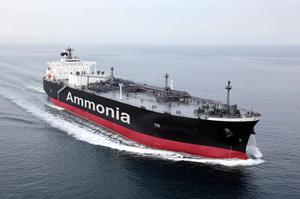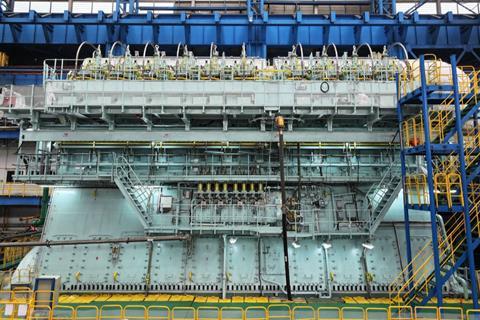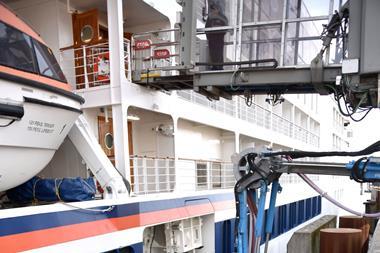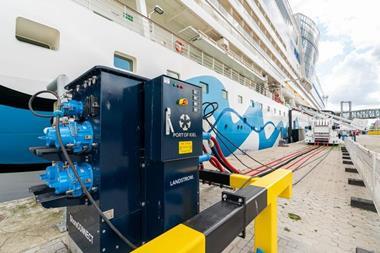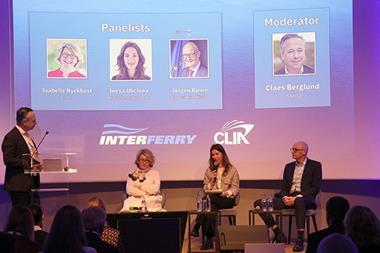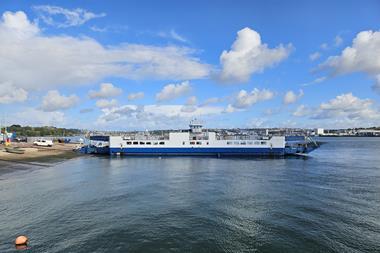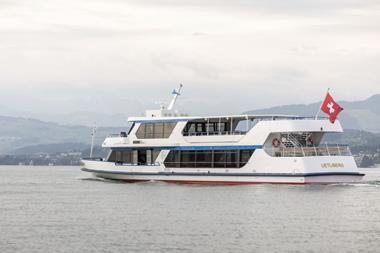The Port of Helsingborg is preparing to commission its first Onshore Power Supply (OPS) facility for container vessels.
Scheduled to come online in autumn 2026, the installation will enable container ships calling at the port’s Container Terminal to connect to the local electricity grid while alongside.
Chief executive Bart Steijaert described the development as “a major milestone” in the port’s climate transition. “Becoming the first port in Scandinavia to offer shore power for container vessels demonstrates our commitment to a fossil-free future and strengthens our offer to shipping lines with high sustainability ambitions. With this investment, we are not only meeting future environmental requirements – we are leading the way,” he said.
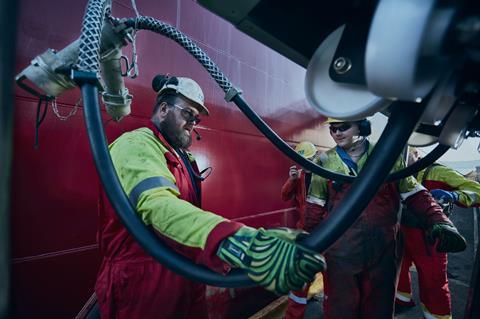
The initiative has been welcomed by shipping lines. Gunnlaugur Grettisson, managing director of Eimskip Sweden, noted: “Being able to connect to electricity immediately upon arrival is something we’ve long called for. It significantly reduces our port-side emissions and helps us reach our own climate targets.”
The project will also enable the port to comply with a 2019 Environmental Permit Authority ruling requiring it to provide shore power connections for container vessels within seven years. Developed in collaboration with Actemium, the new facility will deliver up to 3.5MW – sufficient to meet the power demands of a typical feeder container vessel – and will be fully compliant with international standards. This capacity is roughly equivalent to the simultaneous electricity consumption of about 2,000 homes.
OPS technology allows vessels to switch off their auxiliary engines while berthed, replacing onboard generation with electricity from the grid. The port estimates that this could lead to annual savings of up to 8,000 tonnes of CO₂, 100 tonnes of NOₓ and 5 tonnes of SOₓ, as well as reductions in hydrocarbons and particulate matter. The reduction in noise and exhaust emissions is also expected to improve conditions for both crews and shoreside workers.
The port already supplies shore power to ferries at the City Port and is preparing to expand capacity for the container segment. Electrically powered vessels are also entering service at Helsingborg, including Svitzer’s new hybrid tug, which will operate alongside the OPS-equipped terminal.
From 2030, EU regulations will require larger vessels to use shore power when alongside. The Helsingborg project is therefore not only meeting national and local environmental goals, but also ensuring that the port remains competitive as regulatory requirements tighten and shipping lines seek greener port calls.


